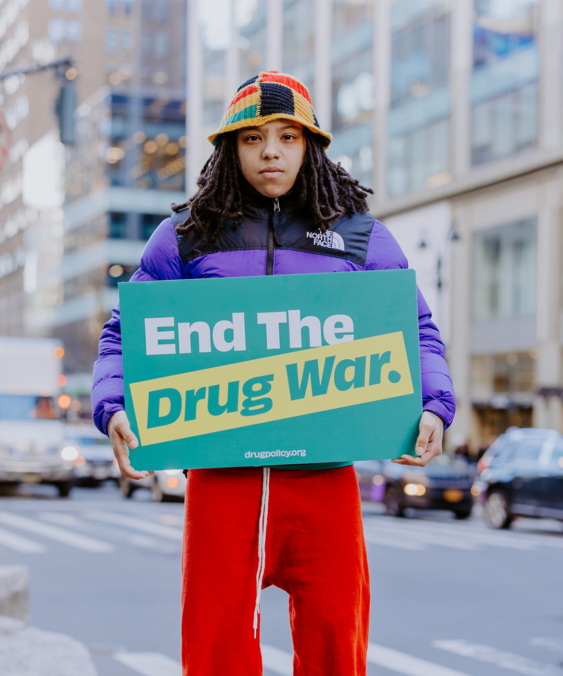
Tony Newman at 510-208-7711 or Shayna Samuels at 646-523-6961
Using new accounting procedures, this year’s White House Drug Strategy is likely to look different from past years, with little actual change. According to last year’s drug strategy, the drug czar’s office will leave the costs of incarcerating drug offenders and of certain law enforcement efforts — billions of dollars — out of their projected budget, but will include inflated expenditures on treatment services. Recent polling by Peter Hart and Associates shows that nearly two-thirds of Americans want treatment, not incarceration, for nonviolent drug offenders. The 2002 Drug Strategy indicated that this year’s strategy will play to public sentiment by looking focused on treatment, but in reality still perpetuate the same reliance on law enforcement and interdiction as ever.
“The drug war has always been a money pit, but this is fuzzy math at its worst,” said Ethan Nadelmann, executive director of the Drug Policy Alliance, the nation’s leading organization promoting alternatives to the war on drugs. “Americans cry out for less incarceration and more drug treatment, so the drug czar tries to make the administration look more compassionate. But we’re getting the same punitive, draconian policies as ever — does he really think we’ll fall for it?”
The White House’s 2002 National Drug Control Strategy indicated several major changes for 2003. Among other things:
The new 2003 Drug Strategy may show the federal government spending only about $11 billion dollars a year, when the real cost (more accurately reflected in last year’s drug strategy) is around $20 billion. ONDCP said it will not count drug war expenditures by many law enforcement agencies, while acknowledging that these agencies will remain important focused on drug control efforts.
ONDCP may reduce the official estimate of federal drug war costs by eliminating “agencies that mainly focus on the consequences associated with the activities of other primary counterdrug agencies.” This would mean, among other things, not counting the costs of imprisoning federal nonviolent drug offenders at about $3 billion a year. The Drug Budget released in 2002 reports, “Although these [prison costs] are real costs to society, they do not factor into the core of drug law enforcement decisions made by national policymakers,” yet these costs result directly from federal drug war policies.
While the ONDCP may stop counting many law enforcement expenses, it will probably continue to count most drug treatment and prevention expenses, even for agencies not involved in drug war efforts. It may also fraudulently increase the amount of federal drug treatment expenditures reported to Congress and the public by counting money spent reducing alcohol abuse, even though ONDCP does not deal with alcohol.
By reducing reported law enforcement costs, eliminating reported prison costs, and artificially boosting reported drug treatment expenditures, John Walters may attempt to make the drug war look more compassionate. Although the actual drug war budget will most likely maintain its focus on supply reduction (with 70 percent of the budget), the new drug strategy may make the assertion that spending is split evenly between supply and demand efforts. This distortion would make the drug war look more humane, and make it harder for drug treatment and prevention groups to advocate for needed additional funding.
Although the release date of the new drug strategy has been closely guarded, a policy brief on the report, ONDCP and John Walters is available now. Drug Policy Alliance staff are available for comment.
“Computing the drug war budget without incarceration is like computing the Defense budget without the Army,” said Nadelmann. “That’s far fetched, even by Washington standards.”
####

Notifications